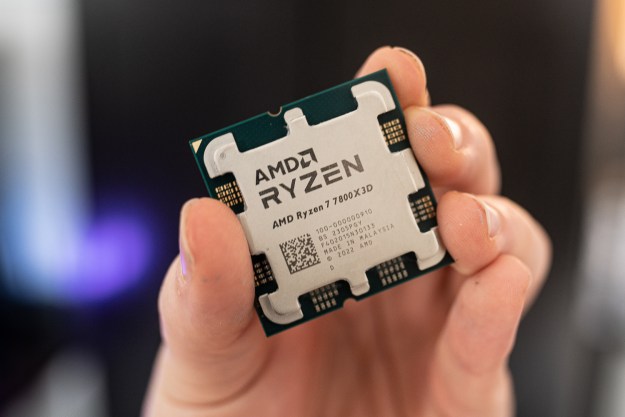Computing has always been a highly visual process, and a great deal of work has been done on technologies that make PCs and other devices usable by those with visual impairments. At the same time, the process of programming computers without perfect eyesight has not received quite as much attention or made as much headway.
That’s exactly what Microsoft Research is working on with its Project Torino, a physical programming language for children age 7 to 11 including those with visual disabilities. The system is aimed at allowing those children to work alongside classmates on coding classes.
The project works by leveraging the recent tendency to introduce children to coding by using simple tools that let students drag and drop blocks of commands. These simplified tools let students create simple programs that accomplish tasks like navigating mazes or moving through space.
Project Torino uses beads that plug together in much the same way as those simplified programming tools. It’s essentially a physical programming language that can be used to create programs that, for one example, generate music. Advanced versions allow students to use a digital interface to move from physical to digital code, allowing advanced students to gain the foundational computing concepts that can lead to developing mainstream programming skills.

Researchers hope that such initiatives can help bridge the “digital skills gap” that plague technology companies and leave them with insufficient engineers and programmers to meet their coding requirements. At the same time, the visually impaired have difficulty finding career paths that are both accessible to them and meaningful.
Project Torino is intended to help both groups come together, and leverage the estimated 285 million people around the globe who are blind or visually impaired. So far, the project is moving on to an expanded beta trial with close to 100 students, and a curriculum is being developed to help teachers without coding skills use the Project Torino concepts to educate their students.
Editors' Recommendations
- Viva is Microsoft’s latest platform, designed to help you thrive at work
- Microsoft’s Xbox head debunks rumors of streaming-only console in the works


